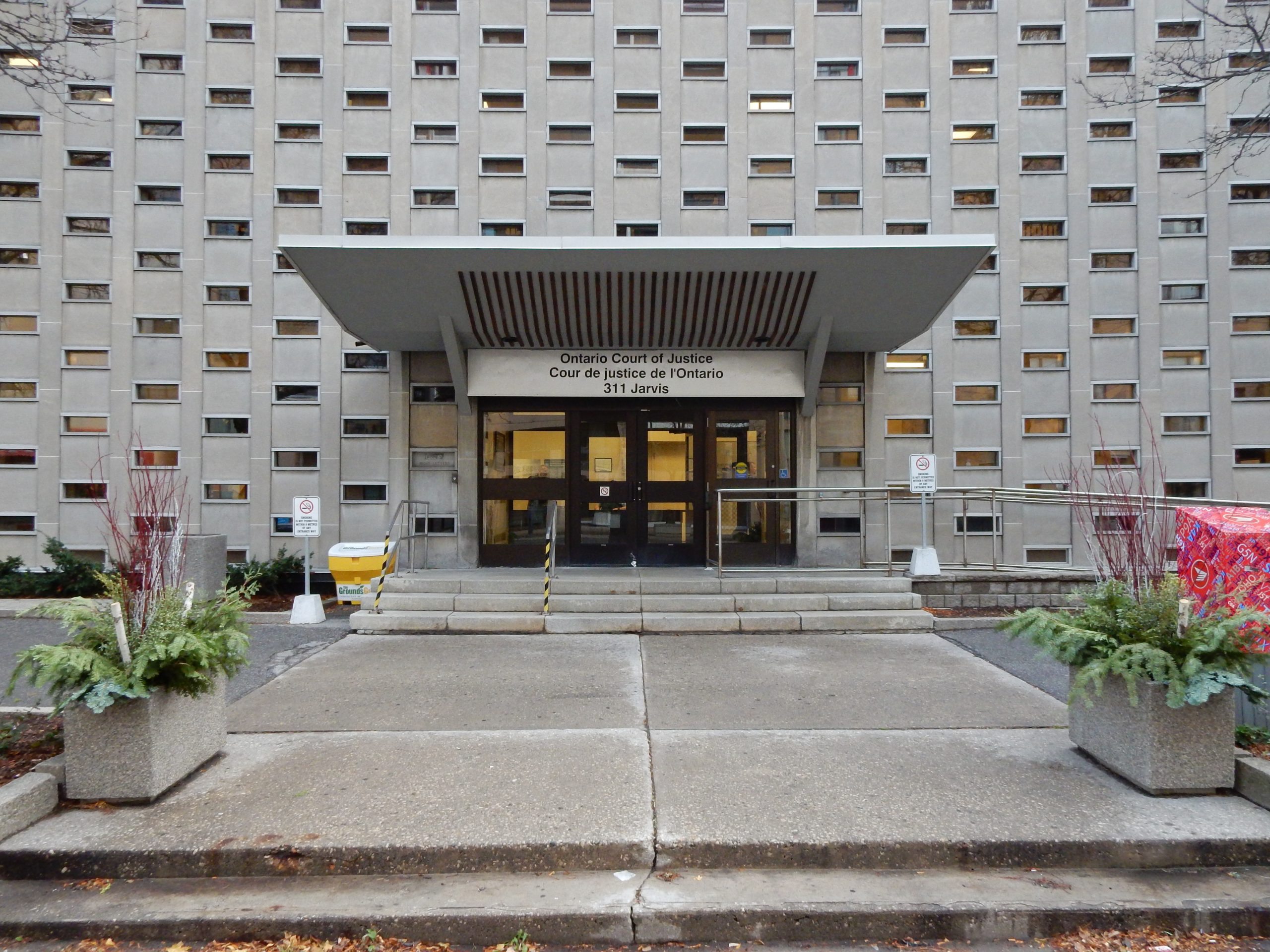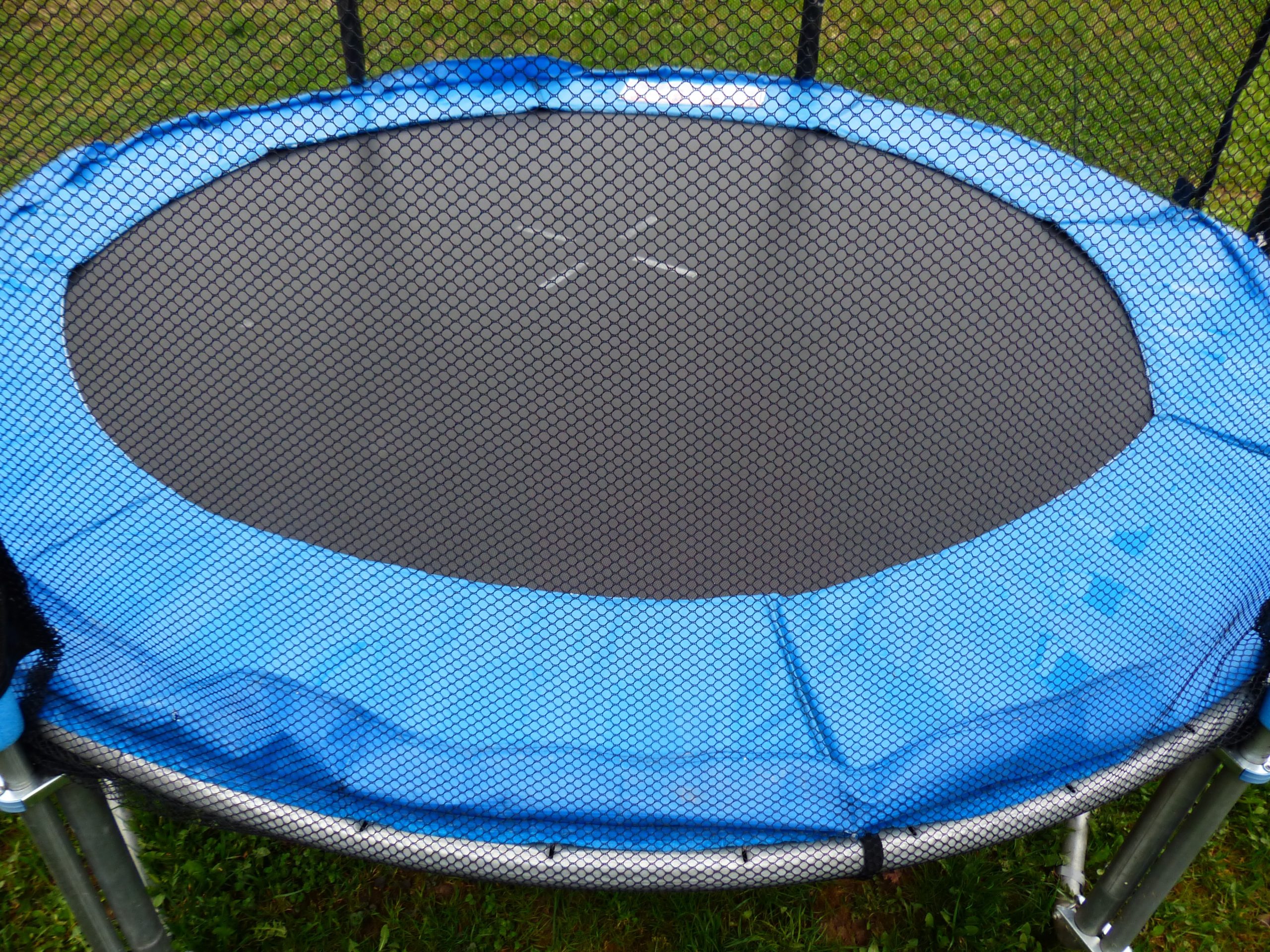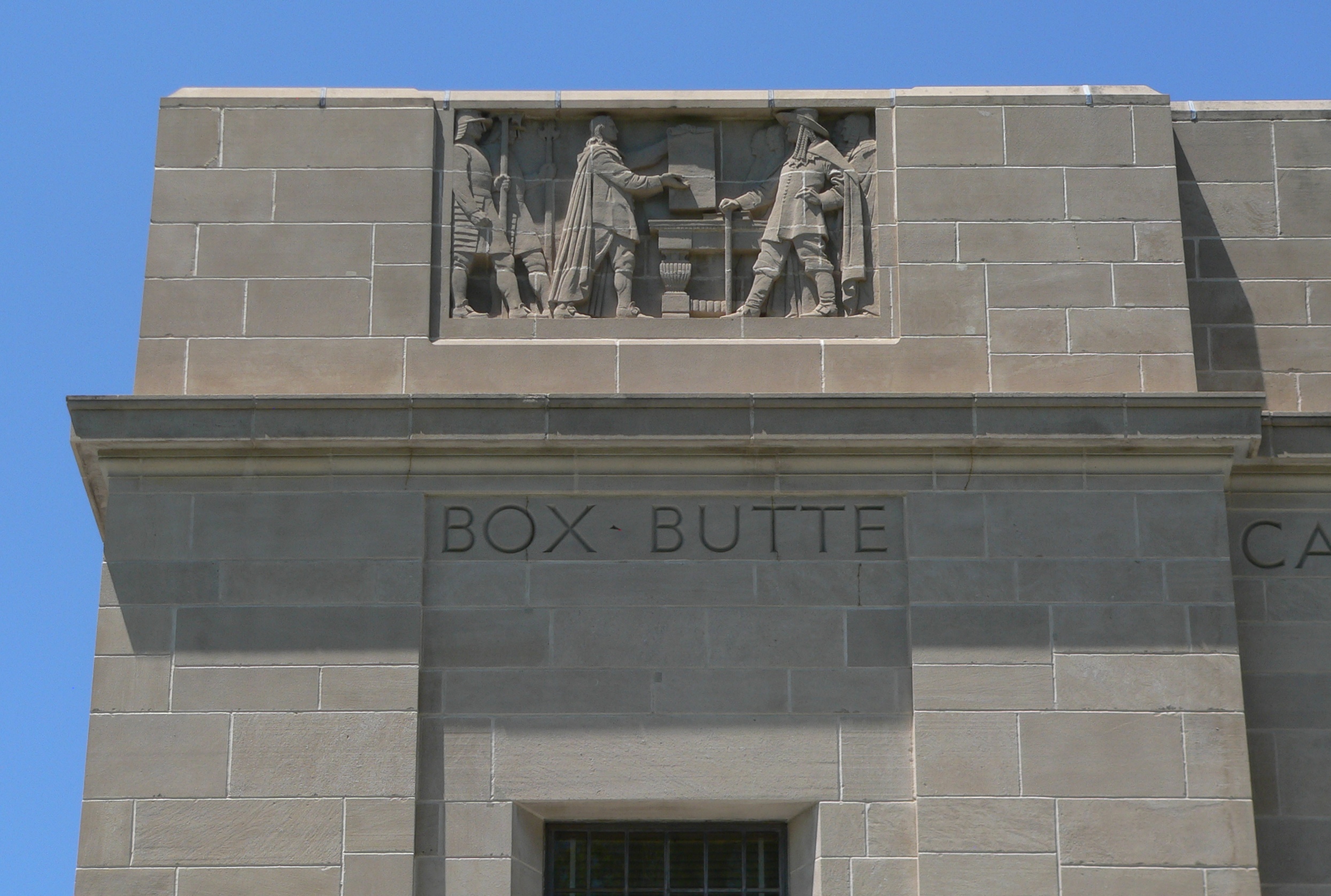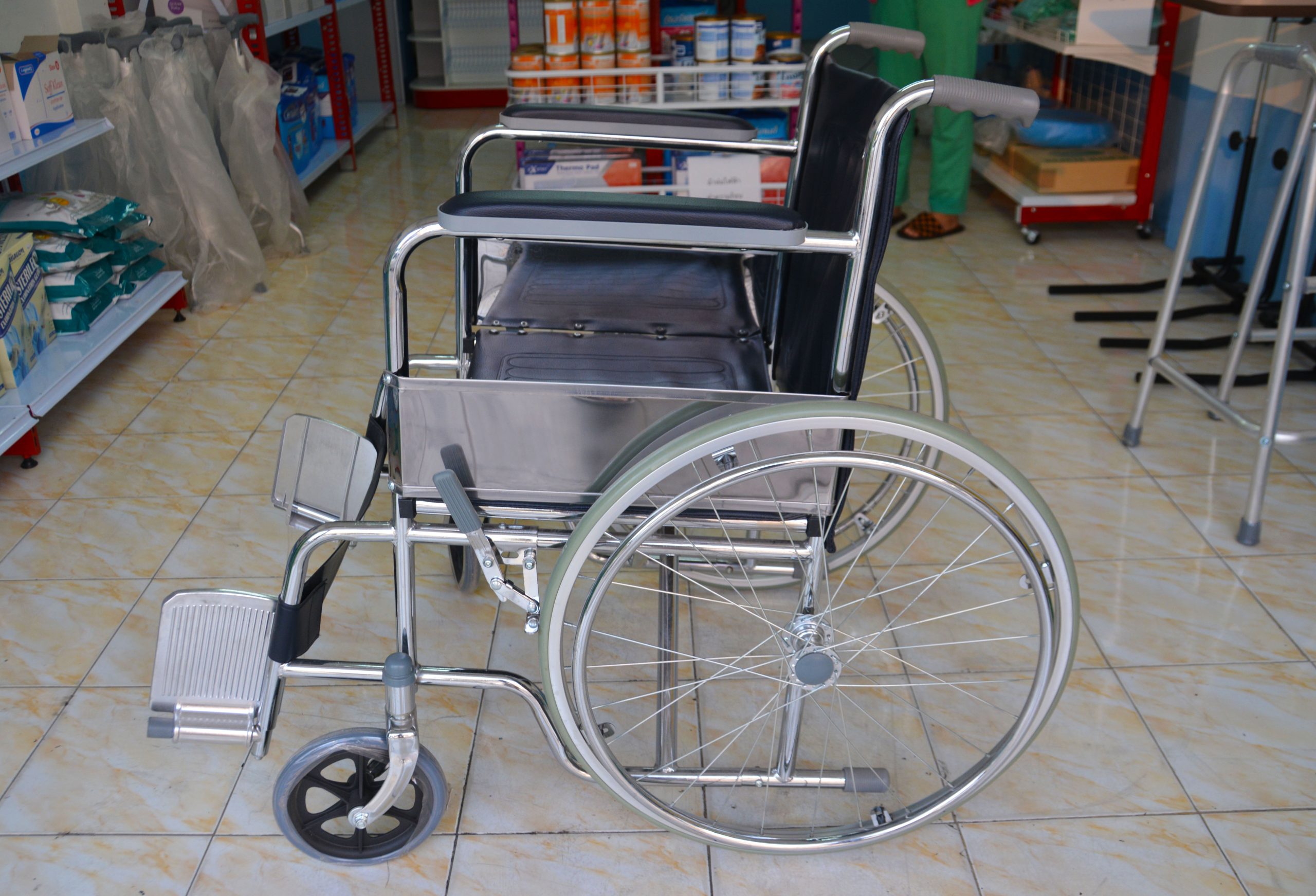 Dealing with the aftermath of a flood is never fun. This is especially true when the flood damages one of your vehicles. This is the situation Michael Jacobs found himself in after one of his cars was damaged in a flood. After a long fight with his insurance company, he eventually prevailed and was awarded damages.
Dealing with the aftermath of a flood is never fun. This is especially true when the flood damages one of your vehicles. This is the situation Michael Jacobs found himself in after one of his cars was damaged in a flood. After a long fight with his insurance company, he eventually prevailed and was awarded damages.
Jacobs owned multiple vehicles that GEICO insured. His parish in North Louisiana was affected by heavy flooding. When the flooding started, Jacobs and his brother tried to move the vehicles from his house to higher ground but were unable to remove them before the floodwaters rose, so they could not drive up to the house. Jacobs waded through the floodwater to retrieve one of the vehicles, a 2001 Honda Accord. In the days following the flood, the Honda kept overheating. Jacobs claimed this had only occurred after the flood.
Jacobs submitted a claim to GEICO for the damage to the vehicle. The insurance inspector did not identify any flood-related problems and determined the upper radiator hose had blown out. Another mechanic gave Jacobs an opinion and concluded there were issues with his spark plugs. GEICO ultimately denied Jacobs’ claim because it had suffered a mechanical failure that was not flood-related. Jacobs filed a lawsuit against GEICO, alleging his Honda had been damaged from the flooding. At trial, the court ruled the Honda had suffered water damage and awarded vehicle property damages and attorney fees. GEICO filed an appeal.
 Insurance Dispute Lawyer Blog
Insurance Dispute Lawyer Blog


 When you think about medical malpractice lawsuits, a botched surgery or missed diagnosis are likely the first things that come to mind. The following case involves a less common situation involving purported medical malpractice involving physical therapy post-surgery. It analyzes the relationship between a doctor and a physical therapist and whether a doctor can be vicariously liable for the actions of a physical therapist.
When you think about medical malpractice lawsuits, a botched surgery or missed diagnosis are likely the first things that come to mind. The following case involves a less common situation involving purported medical malpractice involving physical therapy post-surgery. It analyzes the relationship between a doctor and a physical therapist and whether a doctor can be vicariously liable for the actions of a physical therapist. It can be challenging to interpret insurance policies, especially when they involve complex provisions such as coverage for an additional insured. Before signing an insurance policy, it is imperative to understand its language and what it does and does not cover. Here, the plain language of the insurance policy proved instrumental in the appellate court’s ruling.
It can be challenging to interpret insurance policies, especially when they involve complex provisions such as coverage for an additional insured. Before signing an insurance policy, it is imperative to understand its language and what it does and does not cover. Here, the plain language of the insurance policy proved instrumental in the appellate court’s ruling. Sometimes, those delightful recreational activities we all enjoy carry an inherent risk. Often, we assume the risk of those injuries when we engage in that potentially reckless conduct. Knowing your legal options following these injuries is necessary, mainly because recovering for these somewhat ordinary injuries can be difficult. What does it look like when a party cannot recover for a recreational injury–here, an injury from a trampoline park visit?
Sometimes, those delightful recreational activities we all enjoy carry an inherent risk. Often, we assume the risk of those injuries when we engage in that potentially reckless conduct. Knowing your legal options following these injuries is necessary, mainly because recovering for these somewhat ordinary injuries can be difficult. What does it look like when a party cannot recover for a recreational injury–here, an injury from a trampoline park visit? Picture this: you’re enjoying your daily dose of local news when your name surfaces amidst a hailstorm of defamatory allegations. Your reputation takes a blow, and you decide to fight back by filing a lawsuit. This might sound like a gripping storyline from a TV courtroom drama, but for Mary R, this was a harsh reality. Today we’ll delve into her case, a fascinating battle highlighting the intriguing intersections between public figures, free speech, and defamation law.
Picture this: you’re enjoying your daily dose of local news when your name surfaces amidst a hailstorm of defamatory allegations. Your reputation takes a blow, and you decide to fight back by filing a lawsuit. This might sound like a gripping storyline from a TV courtroom drama, but for Mary R, this was a harsh reality. Today we’ll delve into her case, a fascinating battle highlighting the intriguing intersections between public figures, free speech, and defamation law. When an injury related to a product occurs, assigning fault can involve multiple parties. In personal injury litigation, crucial legal questions arise regarding whom the plaintiff can seek compensation from, if anyone, and the underlying theory of liability. The following case offers a valuable exploration of common liability theories often encountered in product-related injury cases.
When an injury related to a product occurs, assigning fault can involve multiple parties. In personal injury litigation, crucial legal questions arise regarding whom the plaintiff can seek compensation from, if anyone, and the underlying theory of liability. The following case offers a valuable exploration of common liability theories often encountered in product-related injury cases. Personal attacks often take center stage in the tumultuous arena of modern political campaigns, leaving no stone unturned and no reputation untouched. Yet, amidst this well-trodden path of character assaults, a unique legal battle emerges, where the crosshairs were not directed at a political rival but rather a candidate’s ex-spouse. In a case that blurs the lines between public discourse and private matters, the spotlight falls on the intersection of defamation claims and the exercise of free speech. Can a campaign ad’s accusations against an ex-spouse be enough to launch a successful legal battle?
Personal attacks often take center stage in the tumultuous arena of modern political campaigns, leaving no stone unturned and no reputation untouched. Yet, amidst this well-trodden path of character assaults, a unique legal battle emerges, where the crosshairs were not directed at a political rival but rather a candidate’s ex-spouse. In a case that blurs the lines between public discourse and private matters, the spotlight falls on the intersection of defamation claims and the exercise of free speech. Can a campaign ad’s accusations against an ex-spouse be enough to launch a successful legal battle? Imagine the hardships of being denied basic necessities solely because of a disability. In such cases, how can individuals with disabilities navigate the legal system to seek justice and equal treatment? These questions gain significant relevance when we examine recent allegations of denied accommodations and rights violations. This situation sheds light on the challenges confronted by individuals with disabilities and raises important considerations regarding the responsibility of institutions to provide reasonable accommodations. The pursuit of justice and equal rights is a fundamental principle in any democratic society, yet there are instances where individuals encounter substantial obstacles, particularly in cases involving accessibility rights.
Imagine the hardships of being denied basic necessities solely because of a disability. In such cases, how can individuals with disabilities navigate the legal system to seek justice and equal treatment? These questions gain significant relevance when we examine recent allegations of denied accommodations and rights violations. This situation sheds light on the challenges confronted by individuals with disabilities and raises important considerations regarding the responsibility of institutions to provide reasonable accommodations. The pursuit of justice and equal rights is a fundamental principle in any democratic society, yet there are instances where individuals encounter substantial obstacles, particularly in cases involving accessibility rights. Mistakes are inevitable in human experiences, but some mistakes can have significant legal consequences. Just like regular folks, courts are infallible and make mistakes as well. What happens when a court fails to include all required information in a judgment? Such a failure creates confusion and can impede the appeals process and delay justice for the parties involved, as seen in the following case.
Mistakes are inevitable in human experiences, but some mistakes can have significant legal consequences. Just like regular folks, courts are infallible and make mistakes as well. What happens when a court fails to include all required information in a judgment? Such a failure creates confusion and can impede the appeals process and delay justice for the parties involved, as seen in the following case. In the realm of insurance coverage disputes, a recent case has brought attention to the application of policy exclusions and their impact on the availability of coverage. Daphne Richardson Valteau took legal action after her father had been stabbed to death on premises owned by The Terraces Limited Partnership (“The Terraces”). The Terraces was managed by Latter & Blum Property Management, Inc. (“Latter & Blum”), while another company, Patriot Protection Agency, Inc. (“Patriot”), had been handling the security services for The Terraces.
In the realm of insurance coverage disputes, a recent case has brought attention to the application of policy exclusions and their impact on the availability of coverage. Daphne Richardson Valteau took legal action after her father had been stabbed to death on premises owned by The Terraces Limited Partnership (“The Terraces”). The Terraces was managed by Latter & Blum Property Management, Inc. (“Latter & Blum”), while another company, Patriot Protection Agency, Inc. (“Patriot”), had been handling the security services for The Terraces.